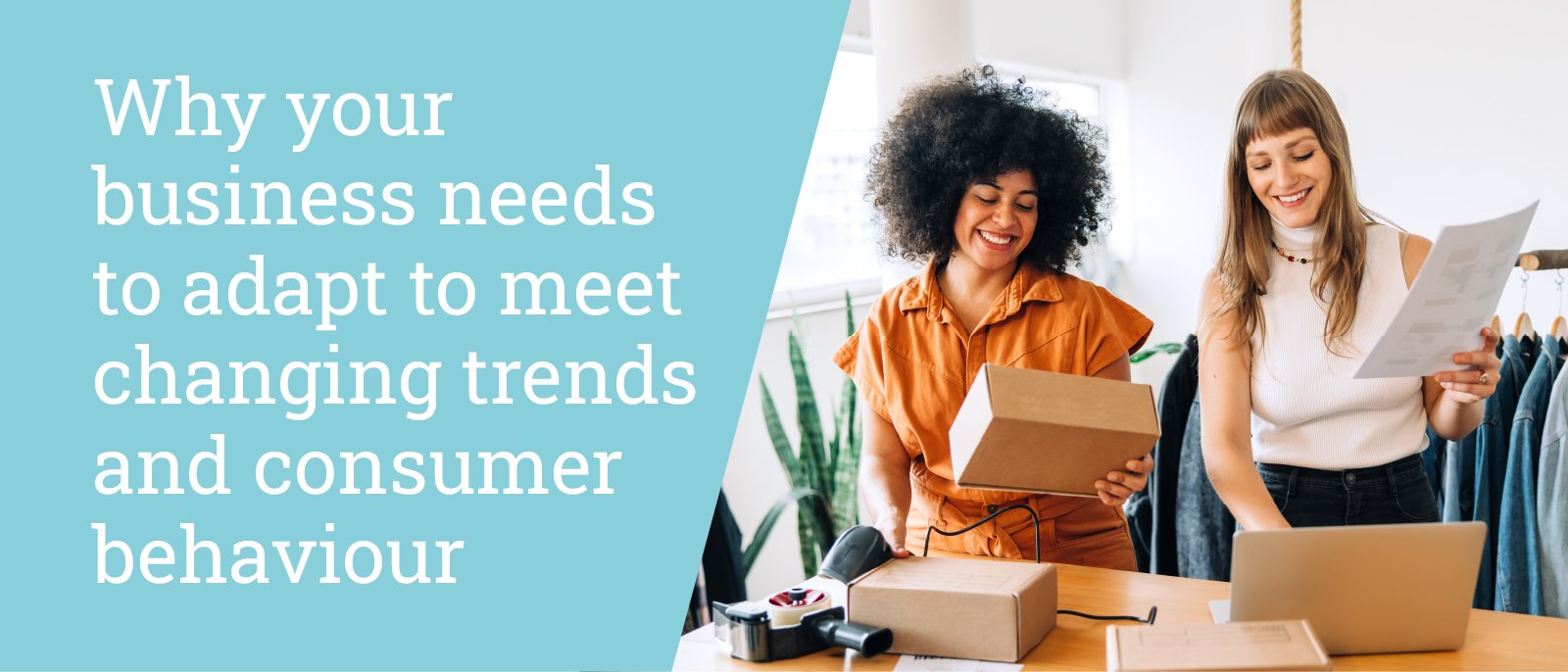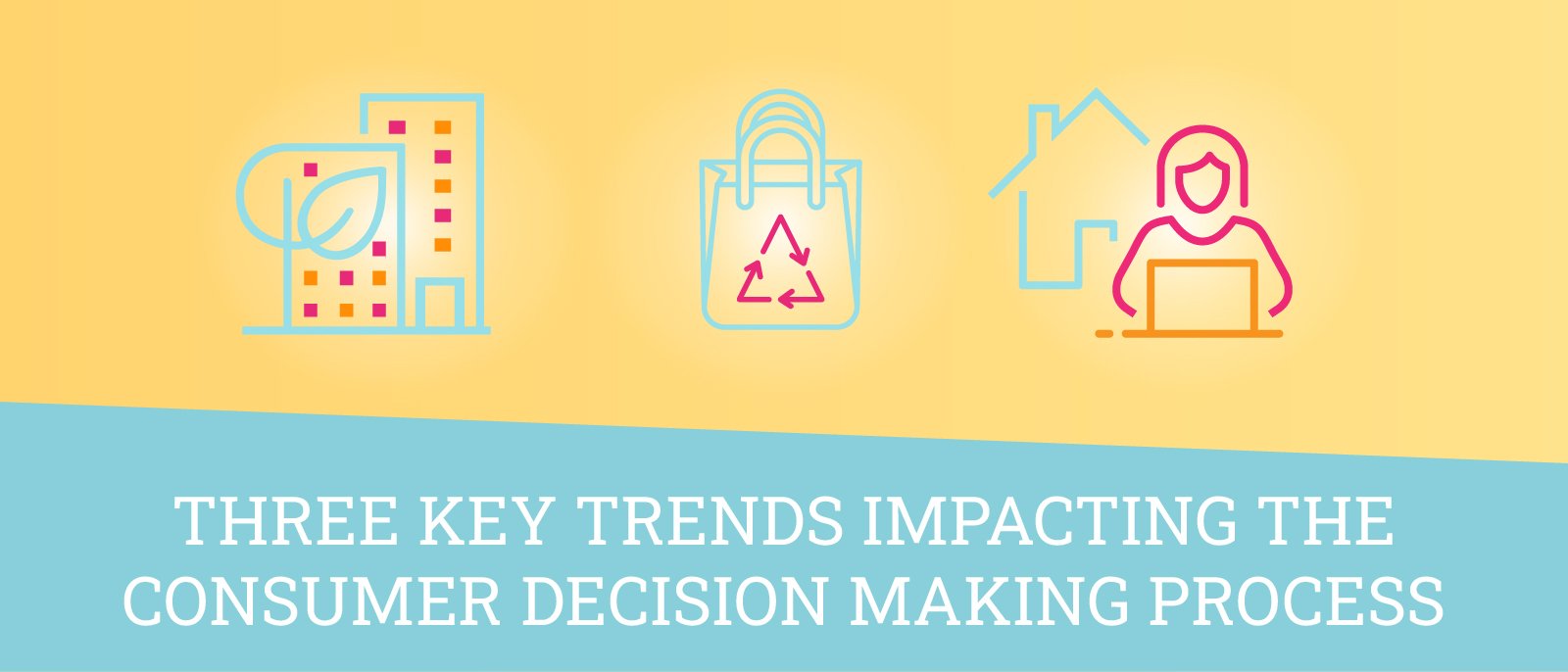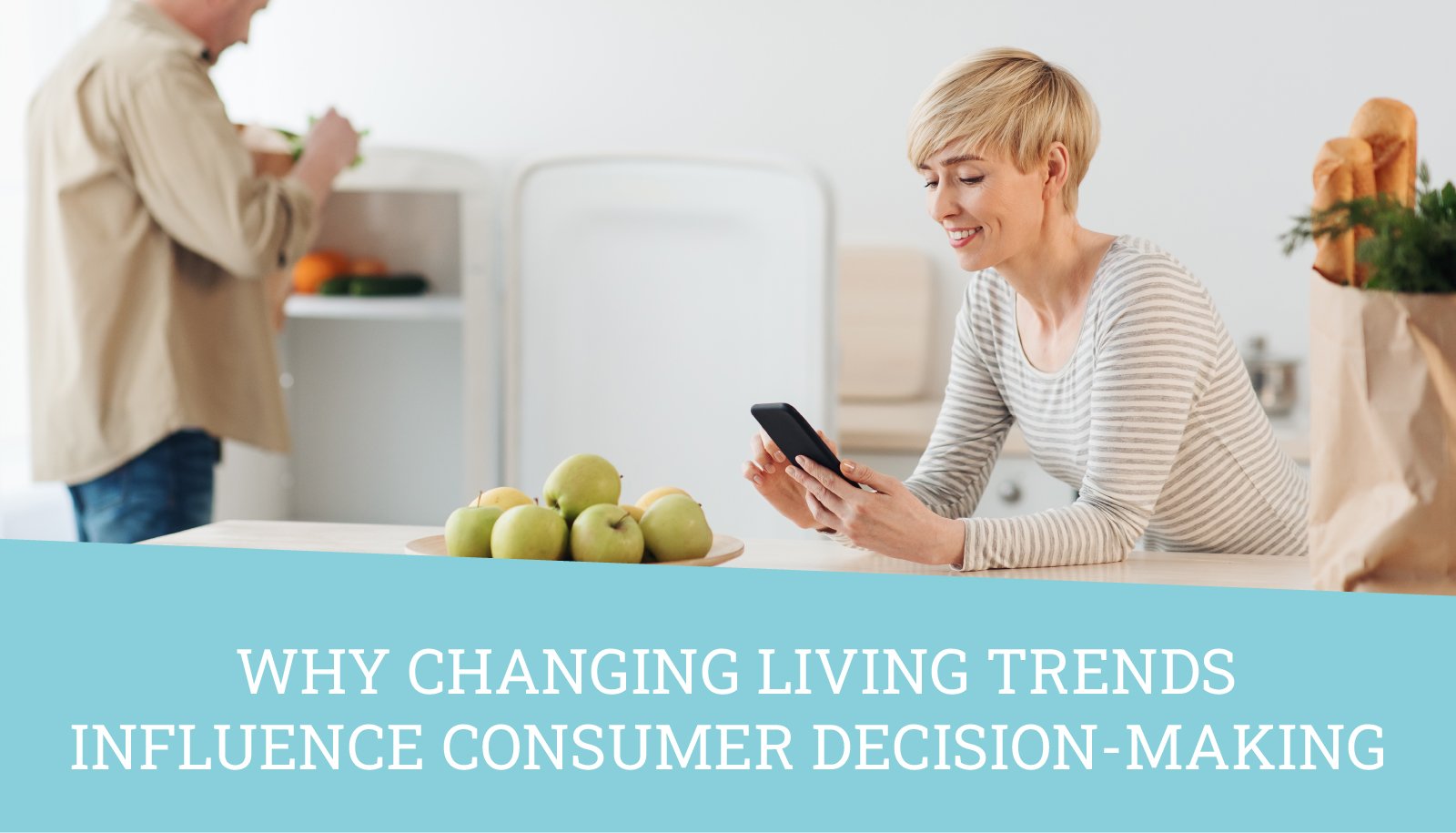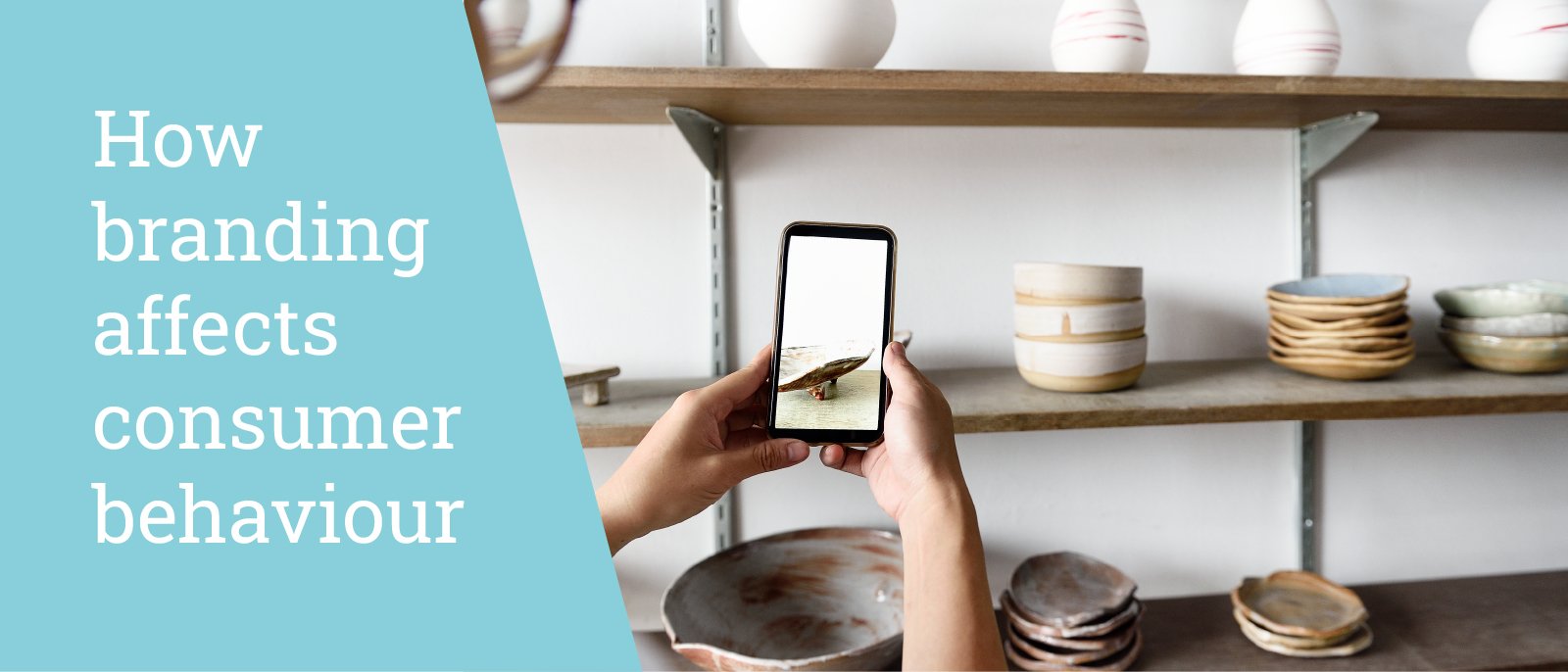Length: 5-minute read.
Quick Summary: Consumer behaviour is changing. Businesses in the built environment and homewares sectors need to understand the drivers behind changing consumer psychology. And, they need to know how to adapt their marketing to better meet customers’ needs and ensure they remain competitive in a changing market landscape.
Why your business needs to adapt to meet changing trends and consumer behaviour

Consumer behaviour is evolving. While the 1990s and early 2000s might have seen people embracing a more disposable lifestyle, an increasing focus on climate change means 90 per cent of Australians are conscious of sustainability, according to the EY Future Consumer Index. [1] This means Australians are increasingly making more mindful purchasing decisions. They’re choosing more cost-conscious and sustainability-focused solutions to reduce their impact on the environment.
Sustainability can mean different things to different people, making it an incredibly personal choice. For example, many Australian consumers are choosing to shop more ethically to reduce the direct impact they have on their environment. This includes making more sustainable choices in terms of clothing, food, and even fuel and energy. And, it includes products and solutions in the built environment and homewares sectors as more Australians than ever are starting their sustainability journey in the home.
While not all purchasing decisions are based on sustainability, it is an increasingly significant factor guiding consumer behaviour. Additionally, an evolving global economy and changing workforce is also influencing how and why people make purchasing choices. To remain competitive in 2023 and beyond, businesses must consider the impact of these trends on consumer behaviour and adapt their products and messaging to align with consumer psychology.
Three key trends impacting the consumer decision making process:

1.Sustainable building practices
One of the biggest trends we’re seeing is the increase in Australians opting for more sustainable and natural materials in new builds and renovation projects. Choosing more eco-conscious building materials over synthetic, man-made options gives consumers a feeling of positivity and hope regarding climate change. They’re also prioritising more sustainable practices throughout the design and build phases and selecting sustainable features in homes as well. For example, the demand for renewable energy sources and more energy-efficient appliances has grown immensely in recent years. [2]
2.Ethical shopping and eco-consumption
Similar to home design and construction, buying behaviour demonstrates that Australian consumers are increasingly choosing sustainable alternatives. According to PayPal Australia’s eCommerce Index, 46 per cent of consumers prefer to buy from brands that are environmentally and socially responsible. And, more than half (54 per cent) of Australian shoppers report that they don’t want to buy products or services made by underpaid workers or in unsafe working conditions. Furthermore, 52 per cent don’t want to buy from businesses that are discriminatory in their employment or service practices. [3]
3.Working from home
Feeding into these other trends is the fact that more than 40 per cent of Australia’s labour force now regularly works from home, according to the Australian Bureau of Statistics. [4] This has the capacity to significantly influence consumer behaviour as it changes people’s priorities regarding what they need within their living space, how their living space is set up, how they shop, and more.
Why changing living trends influence consumer decision-making

As Australian consumers continue to grapple with rising inflation and economic uncertainty, those working from home also face additional costs. Energy usage and the need to have a dedicated workspace in the home create new expenses for these consumers; it’s no wonder they’re looking for ways to reduce energy consumption and create comfortable spaces without overspending.
This shift in consumer psychology means that buyers are making more conscious and informed decisions to improve their own bottom line while also helping to reduce their impact on the environment.
Australian consumers are looking for products and services from businesses and brands that align with their changing priorities and lifestyle choices. Businesses in the built environment and homewares sectors must heed this shift and ensure that their products are aligned to meet consumers needs and expectations. However, it can be difficult to effectively demonstrate this in such a competitive marketplace.
How branding affects consumer behaviour

Businesses in the built environment and homewares sectors need to show consumers how the brand aligns with consumers’ changing needs. For example, demonstrating the sustainability features of a product can help overcome price differentials and other competitive factors. Proving to consumers that products are ethically produced can similarly create a strong brand preference.
However, businesses must be careful to avoid ‘greenwashing’ their products. Falsely presenting a product as environmentally sustainable can harm a brand significantly. Shoppers are becoming increasingly savvy and aware of traditional marketing tactics. The rise of social media means that companies cannot get away with greenwashing or otherwise failing to meet their customers’ needs. Today, the decision-making process is much more complex; consumers are seeking information from various sources and demand authenticity. One wrong move can damage a brand forever; getting it right can result in committed and loyal customers who become brand advocates.
The first step is to put the right messaging in the market to help influence customer decision-making. Customers are seeking ethical, sustainable brands to ensure their new home build is more environmentally friendly from its foundations up, and they need to know this upfront, or you’ll risk losing opportunities in the marketplace. The same rule applies down to the home’s appliances and furnishings. However, it’s not enough to simply tell consumers how sustainable and ethical products and solutions are. Crafting strong messaging that resonates with the target audience and clearly articulates a business’s unique selling proposition is essential. It’s also the hardest piece of the puzzle to get right.
Working with a communications agency can help overcome this challenge. However, most generalist agencies only skim the surface of the built environment and homewares sectors. They don’t have the deep, intimate knowledge of this market, its challenges, and the consumer behaviours that drive purchase decisions. This means they lack the industry understanding that is required for a really impactful and effective campaign. Therefore, it’s advisable for built environment and homewares companies to choose an agency that specialises in their industry and sector, has strong and long-held relationships with key journalists, and can develop and implement integrated campaigns that combine PR and marketing for a better result.
Working with corporate communications specialists with demonstrated industry experience can help you dive even deeper into consumer behaviour and more effectively adapt your market messaging to help attract and retain customers. The right agency can help you develop a comprehensive brand strategy that leverages both organic and paid opportunities to get your messaging in front of the right customers at the right time.

For more information and to uncover more consumer trends and buying behaviours, read our latest whitepaper on the five home living trends impacting consumer decision-making in 2022-23.
Part of The Recognition group, Australia’s leading group of PR and marketing specialists, Write Away Communication has more than 30 years of experience as a leading strategic communications partner for organisations in the built environment and homewares sectors. To find out more about our services and how Write Away Communication and The Recognition Group can help your business better understand how branding affects consumer behaviour, contact the team today.
References:
[1] https://www.ey.com/en_au/future-consumer-index/sustainability-isn-t-what-it-used-to-be
[2] https://www.gjgardner.com.au/learn/sustainable-homes/sustainable-home-trends-2022/
[3] https://www.paypalobjects.com/marketing/web/au/paypal-2021-ecommerce-index.pdf
[4] https://www.abs.gov.au/media-centre/media-releases/more-40-cent-australians-worked-home










